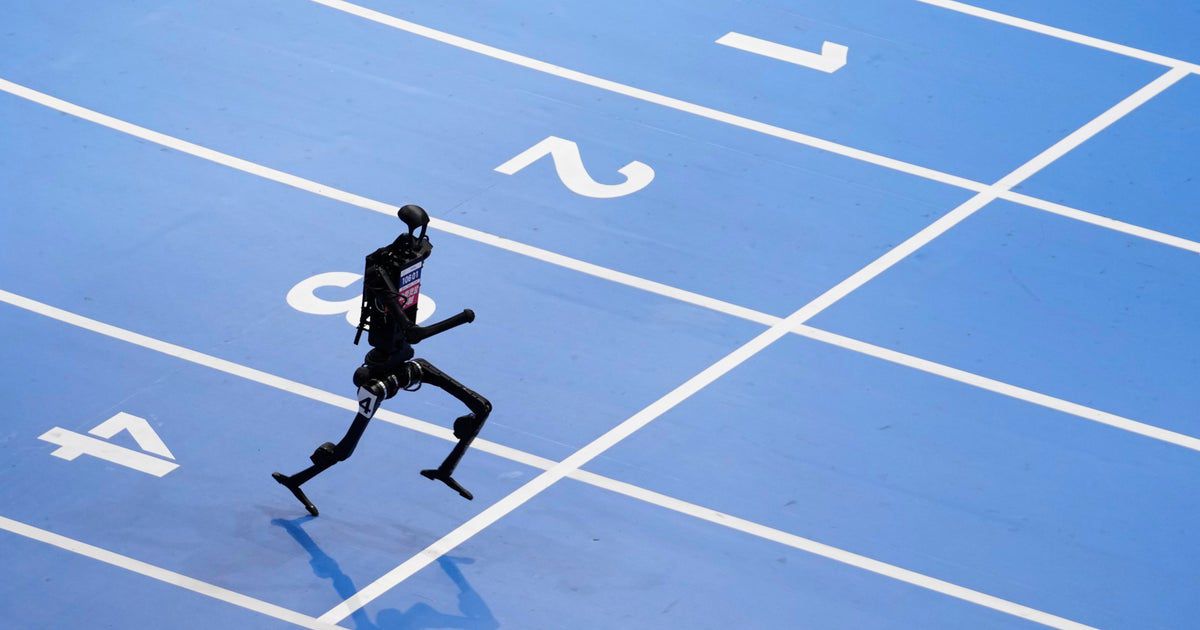Beijing’s National Speed Skating Oval buzzed with excitement as the world’s first-ever Humanoid Robot Games wrapped up three days of competition, drawing more than 500 robots on 280 teams from 16 nations to China’s “robot Olympics.” From soccer matches to boxing showdowns and high-speed sprints, robots showcased impressive skills—but also routinely stumbled, crashed, and called for a helping human hand, highlighting both how far technology has come and how much further it must go.
Key Highlights from the Humanoid Games
The event brought together robots and their human operators from the United States, Germany, Japan, and beyond, demonstrating state-of-the-art advancements in AI-powered humanoids across 26 competitions including soccer, boxing, dancing, medicine sorting, and cleaning.
Robots wowed audiences with their specialized abilities—dribbling, racing, dancing, and even martial arts—but many also faced technical setbacks, tipping over, losing balance, or needing repairs.
Every robot team had a human crew standing by, ready to pick up fallen machines, swap batteries, and debug software, emphasizing the ongoing dependence on human oversight and intervention.
Competition Event Highlights
Soccer and Athletics:
In soccer matches, robots were quick to collide and tumble, showcasing complex motor skills but reminders of the limitations in their ability to self-correct after a mistake.
Running events saw one agile robot finish the 1,500-meter sprint in just under six and a half minutes—a far cry from human athletic records, but a milestone in robotic speed and endurance.
Martial Arts and Dance:
Child-sized robots attempted intricate kung fu routines, sometimes ending face down or spinning circles, entertaining attendees and highlighting technical progress and playful imperfection.
Learning, Failure, and Research Value
Researchers emphasized the value of the competition in testing new algorithms and hardware strategies. Events encouraged innovation but also made the cost of failure evident—sometimes with robots carried off “like injured athletes.”
Organizers stressed that sports offer an ideal way to evaluate core robotic functions: decision-making, real-time control, and adaptability in unpredictable environments.
China’s National Robot Ambitions
The games mark China’s intensified efforts to lead the humanoid robot sector, with a new trillion-yuan technology fund earmarked for innovation in AI and robotics.
Chinese authorities and International Federation of Robotics officials called out the event’s significance in cementing China’s global competitiveness in this rapidly evolving field.
A Living Lab for the Future
Audience Impact:
Spectators responded with genuine excitement, cheering robots’ successes as they would for human athletes, bridging the divide between artifice and authenticity.
Industry Potential:
Organizers and engineers envisioned practical applications for humanoids—industrial robots, healthcare support, logistics, and home assistance—while acknowledging the ongoing need for human support systems.
Looking Ahead
While humanoid robot sports dazzled the Beijing crowds, the clear takeaway was that robots remain fundamentally tethered to human ingenuity and oversight. The spectacle reinforced a key principle: true autonomy in robots is still a work in progress, and the path to future breakthroughs runs through continuous human-machine collaboration.
Conclusion
Beijing’s World Humanoid Robot Games served both as a showcase and a reality check, revealing remarkable progress in robotics and artificial intelligence while reminding the world that—even in the age of smart machines—the human touch is indispensable.
Sources: Independent, DW, BBC News, Yahoo News, Instagram

